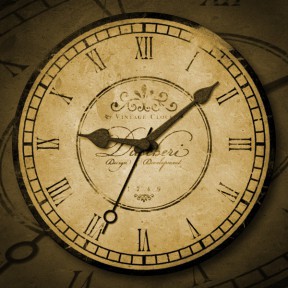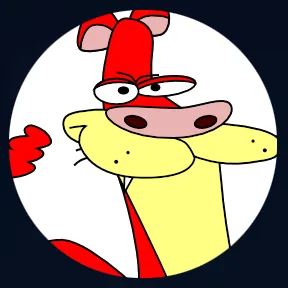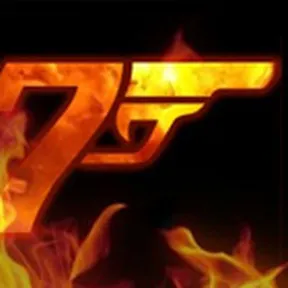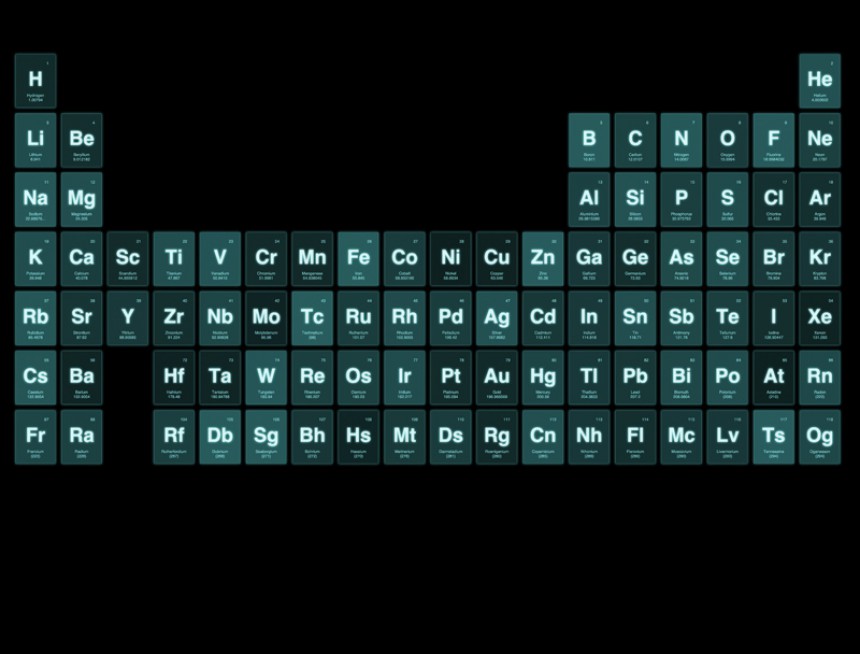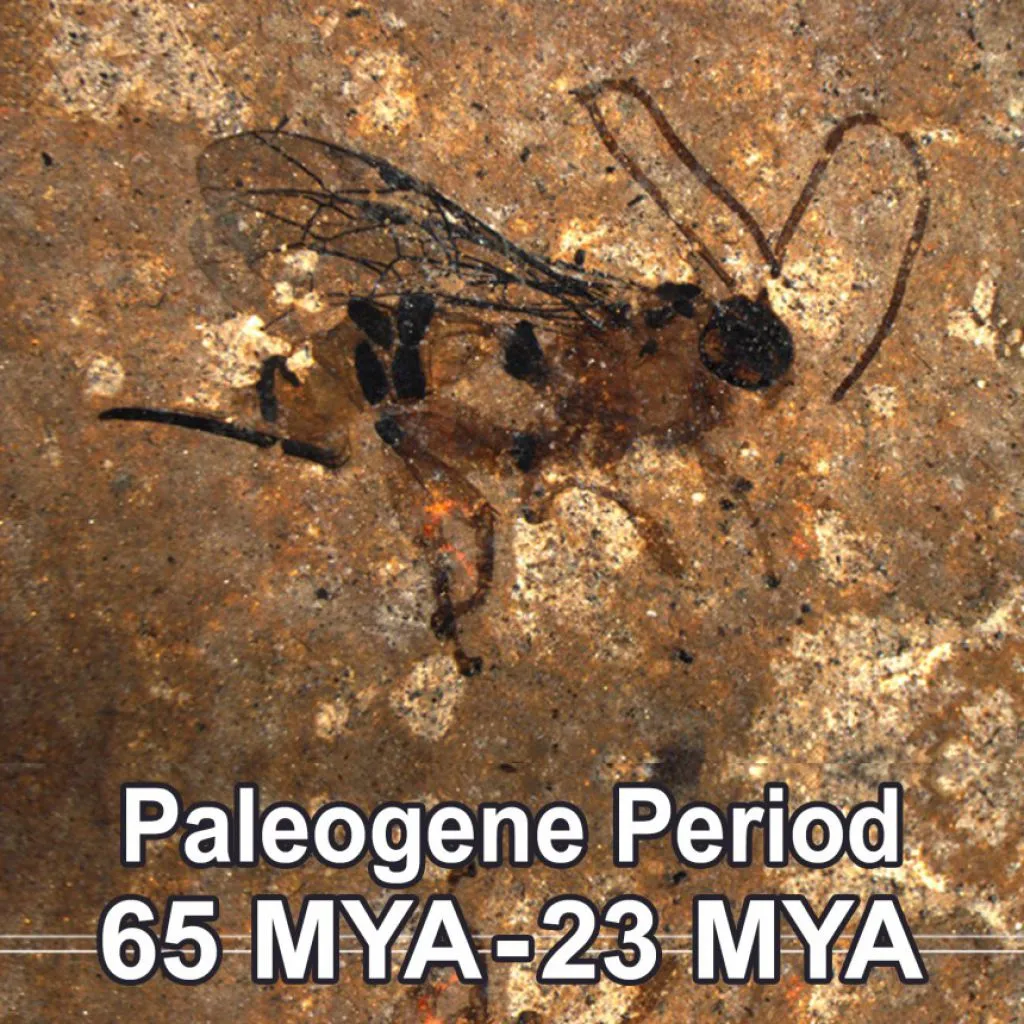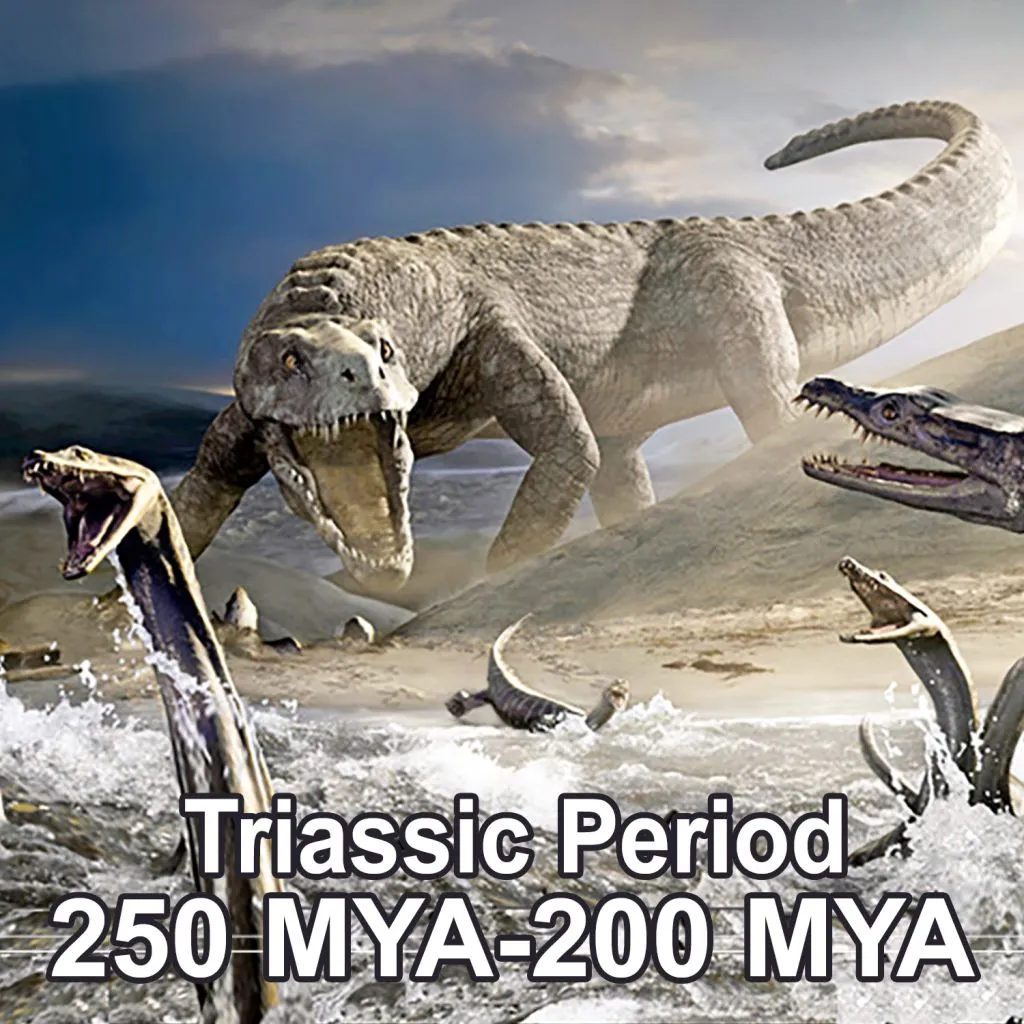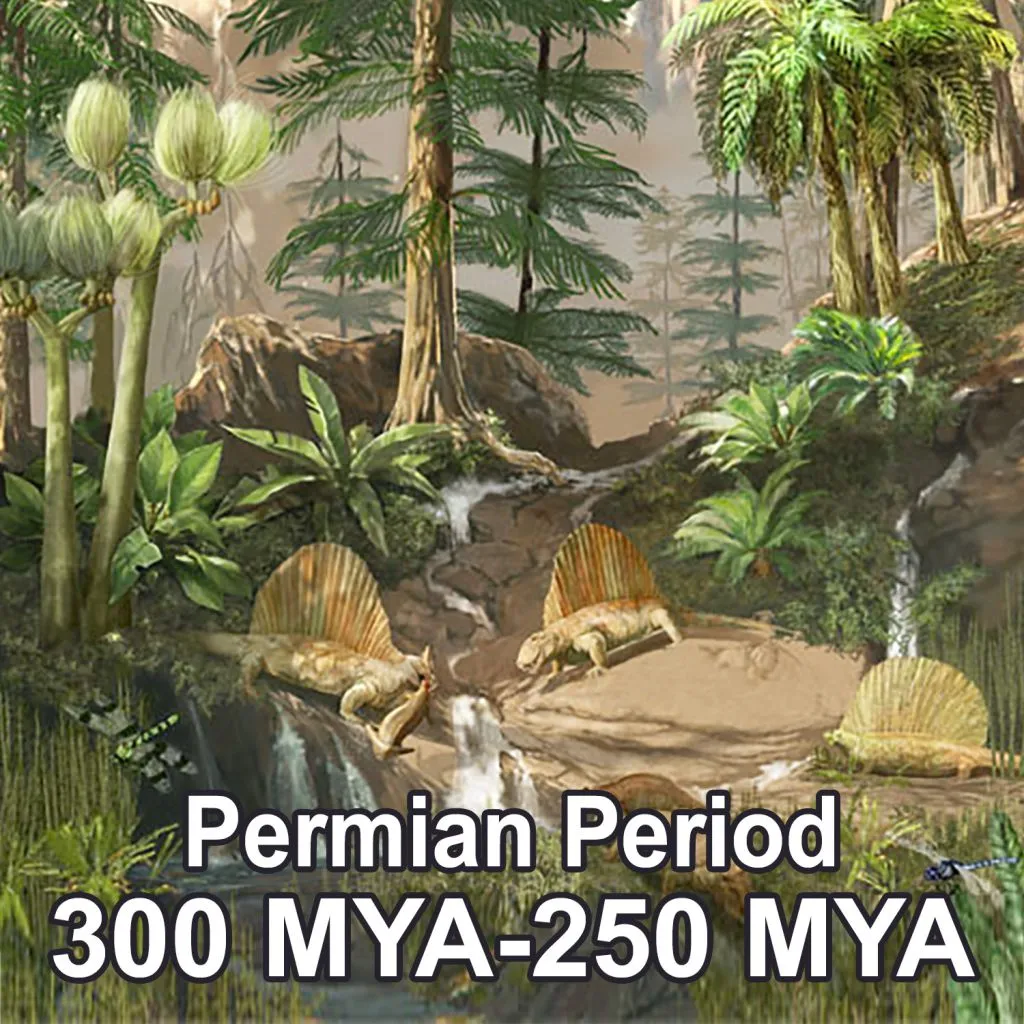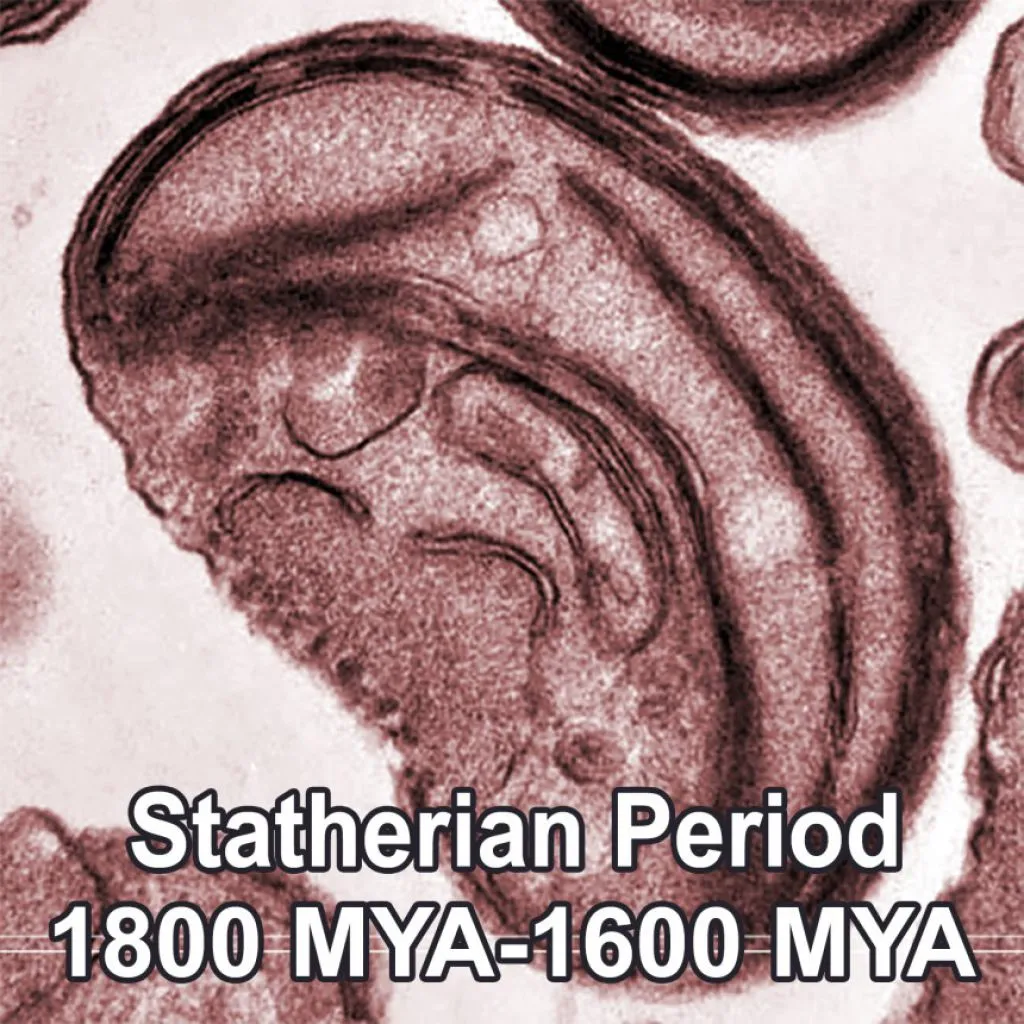
The Rhyacian Period
The Rhyacian, meaning "stream of lava" is the second geologic period in the Paleoproterozoic Era and lasted from 2300 Ma to 2050 Ma (million years ago).
Instead of being based on stratigraphy, these dates are defined chronometrically.
The Bushveld Complex and other similar intrusions formed during this period.
Huronian glaciation period ended in late Rhyacian 2100 Ma.
The first known Eukaryotes began to evolve in the Rhyacian period.
EUKARYOTES Animals, plants, fungi, and protists are eukaryotes, organisms whose cells are organized into complex structures enclosed within membranes.
The defining membrane-bound structure which differentiates eukaryotic cells from prokaryotic cells is the nucleus. The presence of a nucleus gives these organisms their name, which comes from the Greek ευ, meaning "good/true", and κάρυον, "nut".
Many eukaryotic cells contain other membrane-bound organelles such as mitochondria, chloroplasts and Golgi bodies. Eukaryotes often have unique flagella made of microtubules in a 9+2 arrangement.
Cell division in eukaryotes is different from organisms without a nucleus (prokaryotes). It involves separating the duplicated chromosomes, through movements directed by microtubules.
There are two types of division processes. In mitosis, one cell divides to produce two genetically-identical cells. In meiosis, which is required in sexual reproduction, one diploid cell (having two instances of each chromosome, one from each parent) undergoes recombination of each pair of parental chromosomes, and then two stages of cell division, resulting in four haploid cells (gametes).
Each gamete has just one complement of chromosomes, each a unique mix of the corresponding pair of parental chromosomes.
Eukaryotes appear to be monophyletic, and so make up one of the three domains of life.
The two other domains, bacteria and archaea, are prokaryotes, and have none of the above features.
But eukaryotes do share some aspects of their biochemistry with archaea, and so are grouped with archaea in the clade Neomura.
